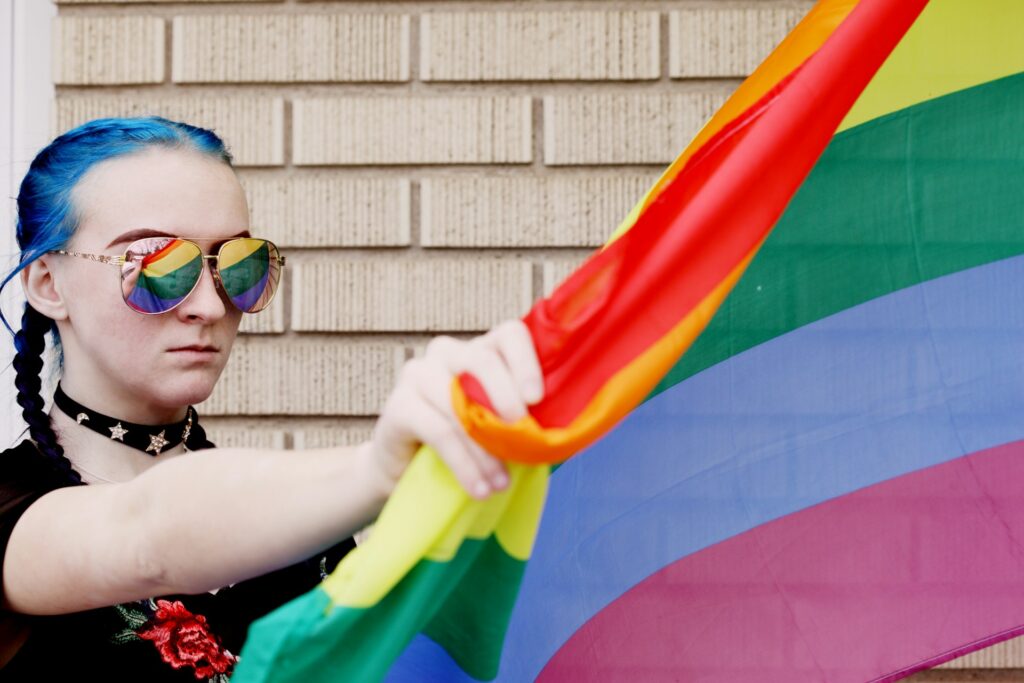In the realm of fashion and gender identity, individuals find a canvas for self-expression, challenging traditional norms and embracing personal authenticity. Discover the intersection of style and identity as we navigate through the diverse landscape of fashion, exploring its impact on how we perceive and present ourselves.
Fashion has long been intertwined with identity, serving as a means of self-expression, empowerment, and cultural reflection. In recent years, the discourse surrounding gender identity has gained prominence, prompting a reevaluation of conventional fashion norms. This article aims to delve into the multifaceted relationship between fashion and gender identity, shedding light on how clothing choices serve as a conduit for self-discovery and affirmation.
Understanding Gender Identity Through Fashion
Fashion serves as a powerful tool for individuals to articulate and explore their gender identity. From clothing styles to accessories, every sartorial choice communicates a message about one’s sense of self. In today’s diverse society, the binary constraints of “masculine” and “feminine” fashion are increasingly blurred, allowing individuals to transcend traditional gender norms.
Navigating Fluidity: Breaking Gender Stereotypes
Fashion has the transformative ability to challenge societal constructs and break free from traditional gender stereotypes. Through avant-garde designs and gender-neutral clothing lines, the fashion industry is paving the way for greater inclusivity and acceptance. Embracing fluidity in fashion empowers individuals to express themselves authentically, regardless of societal expectations.
Fashion Icons: Inspiring Diversity and Representation
Throughout history, fashion icons have wielded immense influence in shaping perceptions of gender identity and beauty standards. From the androgynous style of David Bowie to the trailblazing elegance of Marsha P. Johnson, these pioneers have defied conventions and championed diversity. Their legacies continue to inspire a new generation of fashion enthusiasts to embrace individuality and celebrate uniqueness.
Fashion Forward: The Role of Media and Representation
Media plays a pivotal role in shaping societal perceptions of fashion and gender identity. Mainstream platforms increasingly feature diverse representations of gender expression, challenging outdated norms and fostering a more inclusive narrative. By amplifying voices from marginalized communities, media outlets contribute to a broader conversation about acceptance and celebration of individuality.
Fashion Education: Empowering Through Knowledge
Educational initiatives within the fashion industry play a crucial role in promoting inclusivity and understanding of diverse gender identities. Fashion schools and workshops provide a platform for students to explore their creativity without limitations, fostering a culture of acceptance and respect. By equipping future designers with the tools to embrace diversity, education becomes a catalyst for positive change within the industry.
Fashion and Gender Identity: A Personal Journey
For many individuals, fashion serves as a medium for personal transformation and self-discovery. Whether experimenting with styles or reclaiming fashion as a form of empowerment, the journey towards understanding one’s gender identity is deeply intertwined with sartorial choices. Through trial and error, individuals navigate the complexities of self-expression, forging a path towards authenticity and acceptance.
FAQs
Q: How does fashion influence gender identity?
A: Fashion provides individuals with a means of expressing and exploring their genders identity, allowing them to defy traditional norms and embrace authenticity.
Q: What role do fashion icons play in shaping perceptions of gender identity?
A: Fashion icons serve as trailblazers, challenging stereotypes and inspiring diversity in how we perceive and express genders identity.
Q: How can the fashion industry promote inclusivity and acceptance?
A: By embracing gender-neutral designs and amplifying diverse voices, the fashion industry can foster a culture of inclusivity and acceptance.
Q: What impact does media representation have on fashion and gender identity?
A: Media representation plays a crucial role in shaping societal perceptions, influencing how gender identity is portrayed and celebrated.
Q: How can education within the fashion industry promote diversity and understanding?
A: Fashion education initiatives can empower students to embrace diversity and challenge stereotypes, fostering a more inclusive industry.
Q: What role does personal expression through fashion play in the journey of self-discovery?
A: Fashion serves as a medium for personal transformation, allowing individuals to explore and affirm their genders identity through sartorial choices.
Conclusion
Fashion and genders identity intersect in a vibrant tapestry of self-expression and empowerment. As societal perceptions evolve, the fashion landscape continues to embrace diversity and inclusivity, celebrating the beauty of individuality. Through education, representation, and personal exploration, we pave the way towards a more inclusive future where everyone is free to express themselves authentically.

